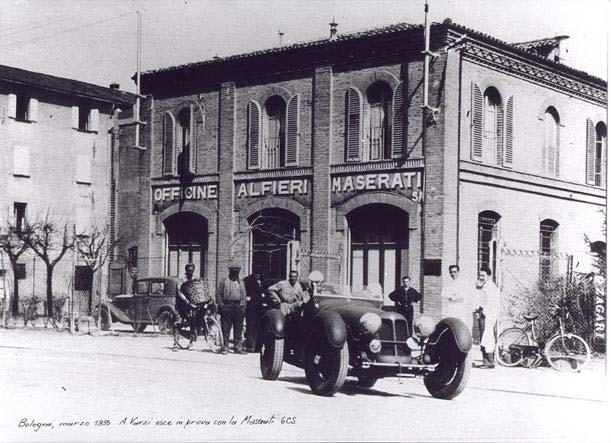
6 minute read
HystoricOverviewof Maserati
The MaseratiBrothers
The Maserati brothers, sevenmale sons, wereallbornin a smallhouse on the outskirtsof Voghera, in the province ofPavia, wheretheirfather, Rodolfo, a railwayenginedriver, had movedfromPiacenza aftermarryingCarolina Losi. Carlo, the eldestson, wasbornin 1881, Bindoin 1883, Alfieri in 1885: the latterdiedafteronlya fewmonthsand hisname wasgiventothe nextson, bornin 1887. Then Mario (1890), Ettore (1894) and Ernesto (1898) wereborn.
Withthe exceptionofMario, whoturnedhiscreative vocationtowardspainting, theyall becameinvolvedin engineering, in modificationand laterin design and constructionof automobilesand engines.
The initialexperiencesweregainedbyCarlo Maserati.
Carlo the oldestson, whoasa veryyoungapprenticein a bicycle factoryat Affori, near Milan, designeda monocylindricalenginein 1898 topowera velocipede. Heevenfounda patron, the MarquisMichele Carcanodi Anzanodel Parco who, togetherwithhisson Cesare, starteda factoryforthe production ofbicycle enginesin the sameyear.
Carcanotookpart in motor cyclecompetitions fora fewseasonsand withCarlo Maserati riding, some successesweregainedsuchasthe Padova-Bovolenta, the 5 km record and the Brescia-Mantova-Verona-Bresciarace, allin 1900. The followingyear(1901) the Carcanofirmceaseditsactivityand Carlo Maserati wenttowork first forFiat (the current ownersofMaserati) and then, in 1903, forIsotta Fraschini, astechnicaladviserand testdriver. Hequicklymadea career forhimself: in 1907 hewas withBianchi, in 1908 with Junior asGeneralManager, butin 1919 hisyounglife wascut short withanillness.
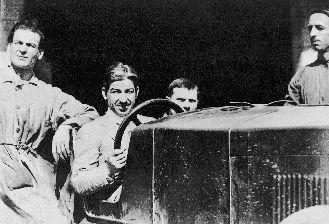
In 1903, whenCarlo joinedIsotta Fraschini, healsopersuadedthemtohirehisbrother Alfieri, whowasonlysixteen, butwitha passionat leastequaltohisrefinedmechanical sensitivity. Thesetwoqualitiesweredestinedtobecomerelatedin Alfieri withthe progressive expressionofhisuncommoncreative talent.
Alfieri Maserati soonmadea nameforhimselfat Isotta Fraschini(wherehisbrotherBindo and Ettore laterfollowed) bothasa technician and asa driver and laterthe Milanese firm sent himand hisbrotherEttore toArgentina, thentoLondon and finally, in 1912 to Bologna withthe task oforganisingcustomerservice. TwoyearslaterAlfieri Maserati set out on hisown.
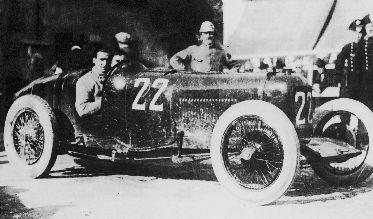
1914-1937: The first Maserati
The 14th ofDecember, 1914, wasa normalMondayjust like anyother. Italy, the only"greatpower" ofEuropenottohave beenoverwhelmedbywhatwastopass intohistoryasthe First World War, washalfway throughthe ten illusorymonths whichseparateditsshort-livedproclamationofneutrality (August 2nd , 1914) fromitsfatalentry intothe conflicton May 24th ofthe followingyear. Thesewerecertainlynotpropitioustimesforanysortof business initiative, exceptperhapsforarmsand munitions factories. Nevertheless, on thatcoldwinter's daytowardsthe end ofthe year, the "SocietaAnonima Officine Alfieri Maserati" wasbornin Bologna at a groundflooroffice rented in Via de' Pepoli. A "trademark" wasabouttobeaddedtothe listofthosewhich"hadmade" the historyofthe automobile.
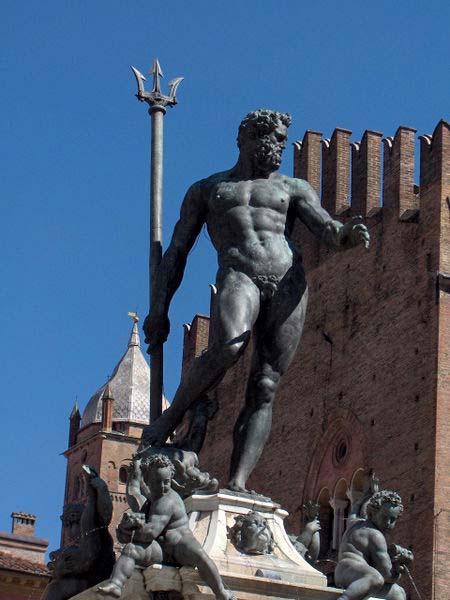
Startingbusiness witha workshop specialisingin race preparationforIsotta Fraschini engines, Alfieri wasjoinedbyEttore and Ernesto Maserati (20 yearsand 16 yearsold respectively) and fivemechanics. Itwasthe beginningofa legend!
At the outbreakofwar, Alfieri and Ettore werecalledup foractionand the workshop was entrustedtoyoungErnesto. WhenAlfieri completedhismilitaryservice, heset up a spark plugfactoryin Milan whilehostilitiescontinuedand in 1919 movedittoBologna and returnedwithhisbrothersEttore and Ernesto. A newsite wasacquiredforthe workshop on the easternoutskirtsofthe city in anarea knownasthe Alemanni quarterbutwhich wasbetterknownasthe Ponte Vecchio. Theseyearswereagitatednotonlybydeep social unrestand upheavalsbutalsobya greatfervor ofactivityin industrial reconversion, reconstructioninitiativesand growthin everysectorofthe economy. Evenat Maserati activityresumedintensely.
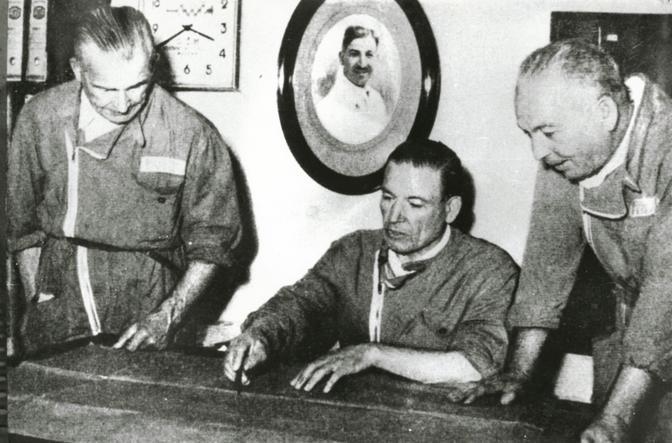
Race modificationswerebasedon Isotta Fraschinimechanicsbuteverynowand then othermarqueswereusedespeciallyforAlfieri Maserati's race appearances, whichwere becomingmore and more frequentaswellas promising. The Isotta FraschiniTipo Speciale wasbuiltin 1920 and thiscoupleda series-builtchassis toa four-cylinderengine of6330cc . Alfieri drovethiscarbrilliantlyin 1921 raceswinningthe Susa-Moncenisioand comingfourthat the Mugello Circuit and the Gentleman GP in the Settimana diBrescia. In 1922, Alfieri, togetherwithhisbrotherErnesto, usedanimprovedversionofthiscartowin the Mugello Circuit in record time, the SusaMoncenisioagainand the Aosta-GranSan Bernadino.
Thesevictoriesimpressedthe directorsofDiatto whoofferedAlfieri Maserati a carforthe remainingracesofthe seasontogetherwitha technicalconsultancycontractfor preparationoftheircompetitionmodels. The Monza victoryin the GP d'Autunno (3000cc class), gaverise tobig expectations, butwasnottobefollowedup in 1923. In spiteof numerousretirementsand the nottoohealthystate ofthe company, thatsameyearDiatto helpedMaserati tobuilda uniqueracing carpoweredbya 5000 cc HispanoSuizaV-8 cylinderenginewhichhadbeenradicallymodified. ThiscarenabledAlfieri towinthe Coppa Principe Amedeo and gavehimhisthirdconsecutive victoryin the Susa Moncenisio, followedbyhissecondin the Aosta-GranSan Bernadino. 1924 waslesssuccessfuland the yearin whichErnesto Maserati madehisracingdebut withsome goodresults, whileAlfieri, afterhavingdominatedthe San Sebastian GP was unabletofinishbecauseofenginefailure. Thenhewasunceremoniouslydisqualified(for fiveyears, butcondoneda fewmonthslater), forhavingreplacedthe twolitreengineof Diattowitha threelitreforthe RabassadaHill climb, nottoofar fromBarcelona.
Forcedtogiveup racing, Alfieri dedicatedmore ofhistimetowork in the factoryand this enabledhimtobuilda GrandPrixDiattoforthe 1925 seasonpoweredbyaneight cylinder, twolitreenginedesignedtobefedwitha supercharger. However, the unhealthy economicsituation at Diattobroughta definite end tothe Maserati brothers' collaboration and so, in the winterbetween1925 and 1926, theycommittedthemselvestoconstruction ofanentirecar, whichwouldbethe first tocarrytheirname... the Maserati Tipo 26.
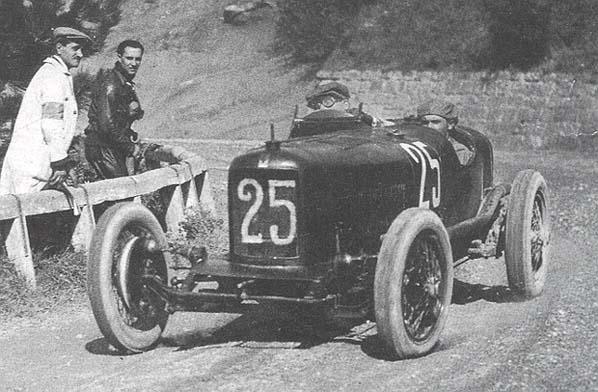
The first cartheywerewhollyresponsiblefor wasthe Tipo 26, builtin 1926. The engine wasan8-cylinder in linewitha 1.5 litresuperchargeddisplacement thatdeveloped120 bhpat 5300 rpm. Abovethe radiatora thenunknownbadge presenteda tridentthat evokedBologna's famousstatue ofTheTipo 26 madeitsdebutwithAlfieri Maserati at the wheeland GuerinoBertocchi asmechanicin the Targa Florioon April25 1926. Itcame first in itsclass, ninthoverall.
Afterthatthe winscamethickand fast. In 1929 Maserati wonthe Tripoli GrandPrix (Borzacchini-E. Maserati) and the Mille Miglia (overallwinner). In the sameyear, Borzacchiniset a new3-5 litreworld speed record in a Maserati Tipo V4, an extraordinarycarwitha V16 enginemade bycouplingtogethertwoTipo 26 engine blocks. The Maserati's averagespeedof 246 km/h wasachievedfroma propelled start on a 10 km tracknearCremona and wasnotbeatenuntileightyearslater.
Itwasa performance thatdida lotforthe Maserati imageand salesfigures.
In 1933, TazioNuvolari appearedon the scene, drivingthe 8C tovictoryin the Belgian GrandPrix, the Coppa Ciano at Montenero and the NiceGrandPrix
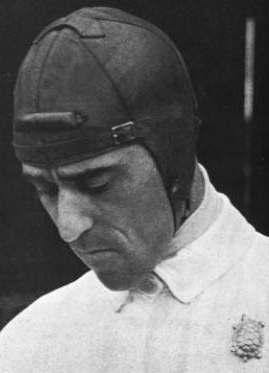
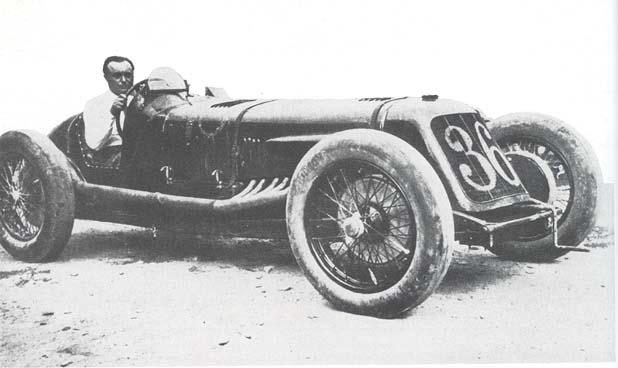
The MaseratiV4: the world’s first supercar
In 1929, a sensational new vehicle was presented by Maserati: the outrageous 16-cylinder V4 race car. The engine of this car was created by coupling two Tipo26B 8cylinder compressor engines together in an angle of 25°. Both engines shared the same basement and the carburettors were designed especially for this car by Eduardo Weber. Similar projects came also into existence by Fiat and Bugatti, and later also by Alfa Romeo, but Maserati’sV4 project was courageous and innovative by every standard. With its more than 280 hp, power output was almost double compared the Tipo26B. This car had excellent potential as a race car, but tyres and brakes of the time were not able to hold against the power.
In September 1929, The V4 won the world land speed record by achieving an average speed of 246,500 km/h over a 10 km straight (non-asphalted!) near Cremona. This record was beaten only 8 years later by Bernd Rosemeyerin an Auto Union. Only two of these spectacular V4 cars were ever made. One of them received in 1931 an elegant new spider body from Zagato adapted for road use and was finished in a stylish two-tone green colour. By doing so the world’s first supercar was born before the word was even invented.
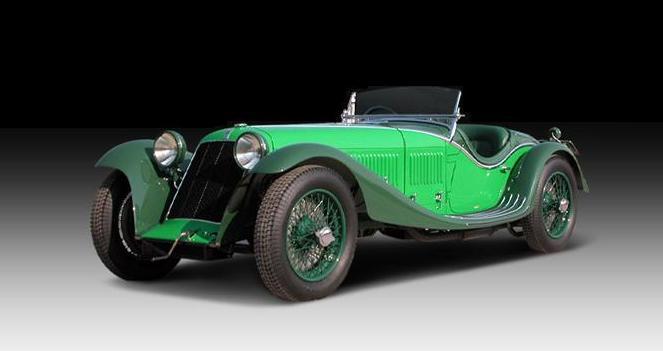
The Orsiyears: 1937-1967
In 1937 the Maserati brothershandedoverthe financialmanagement oftheircompany to the Orsi family, whilekeepingtheirhandson the engineeringside ofthe business. That openedthe way tooperationson a muchbroaderscale, whichbore fruitin twosuccessive race winson UnitedStatessoil. In 1939 and 1940, Maserati wonthe Indianapolis 500 with WilburShaw in an8CTF. ThatmadeMaserati the first and the onlyItalianconstructorto winthe legendaryAmerican race.
Meanwhilein 1939, the firmmovedtoitsnowcelebratedpremiseson Viale Ciro Menotti in Modena. Itisherethatitsextraordinarycreativitywasdeployedin the service ofthe Italian war effortasitconvertedtothe production ofmachinetools, electricalcomponents, spark plugsand evenelectricvehicles.
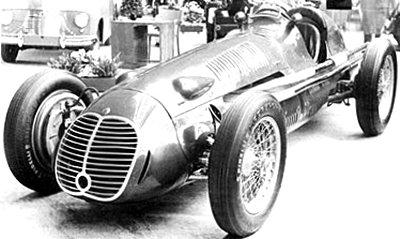
In 1957, StirlingMoss leftMaserati afterhehadrackedup numerousvictoriesin the 250 F buthadfailedtowinthe F1 world championship. HisplacewastakenbyFangio who madea triumphantdebutin the Argentine GrandPrixwhereMaserati tookallthreeplaces on the podium. (1st Fangio, 2nd Behra, 3rd Menditeguy). Bythe end ofthe seasonFangio hadwonthe world titlein a Maserati 250 F. At the sametime, Maserati wasalsoexcelling itselfin the World SportscarChampionshipwiththe legendary450S, a genuine powerhousedrivenbya weighty4.5 litreV8 enginethatdeveloped400 bhp.
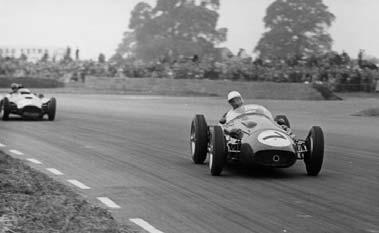
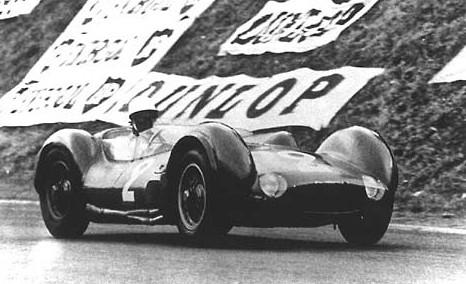
Thenat the end ofthe yearMaserati unexpectedlyannouncedthatitwouldno longer race, thoughitwouldgo on designingracing cars. Indeeditwenton toproduce several masterpiecesofthe art includingthe Tipo 60 and the 61 "Birdcage" aswellasthe 3-litre V12 powerunitusedon the Cooper Maserati Formula 1 carin 1965-67.
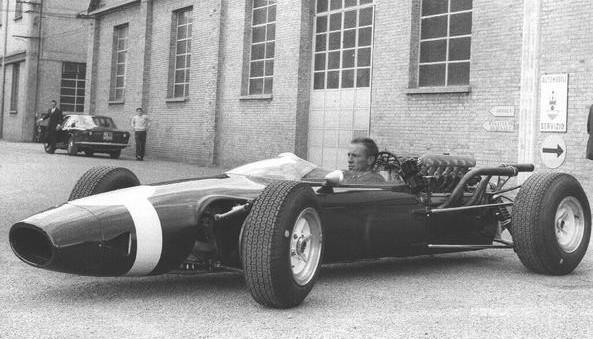
IntroductiontoMaserati
1967-1975: The Citroën Area
HistoricOverviewof Maserati
In 1968, the Orsi family sold Maserati toCitroënwhichwas primarilyinterestedin acquiringitsengineknow-how. Indeeda 6-cylinder Maserati enginewasusedon the CitroënSM coupé. Under the newmanagement and in total contrastwithMaserati's traditionalinsistenceon a front-mountedengine, the firmalso producedtwocentre-enginedmodels: the Bora (1971-79) witha 90°V8 engineand the Merak(1972-83) witha 90°V6 power unit, bothofthemwithItaldesignbodies. Citroënalsointroduced a newversionofthe Quattroporte withSM mechanicalsand frontwheeldrive! Veryfewwereeverproducedand the model wasneverhomologated.
1973 sawthe debutofthe Khamsin, a sharplycut streamlined coupéwitha Bertonebody. In the sameyear, though, Maserati saleswerebadlyhit bythe oil crisisand Citroënpulledout.
1975-1993: the de Tomasoyears
In 1975, the effectsofthe oil crisisforcedCitroëntodraw in itshorns, whichmeantabandoningMaserati whichwas thensold to Alejandro De Tomaso’s GEPI. Under its management, the firmproduceda 2000 cc versionofthe Merakand in 1976 itlauncheda newversionofthe Quattroporte. Thiswenton tobecomethe best selling Maserati ofalltime. The Quattroporte wasalsofamousfor beingthe vehicleofchoiceforsuccessive Italian presidents.
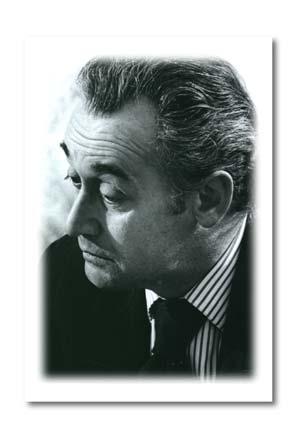
The eightiesbroughtmanychanges, notleastthe creationofa modeldestinedformass production. Thatwasthe surprisingBiturbo, a performance saloon witha 2000cc V6 enginethatwaslaunchedin 1981. In 1984, animpressive6,000 Biturbo’s were constructed. Furtherdevelopmentofthe turbochargedV6 engineled in 1989 tothe launch ofthe Shamalthatfeaturedthe first Maserati V8 adoptingtwin turbo's.
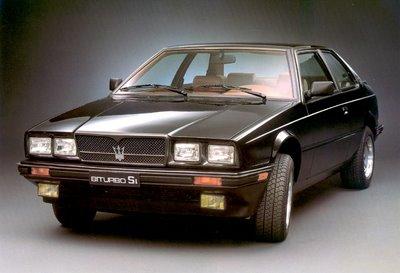
1993 onwards: under Fiat’s wings
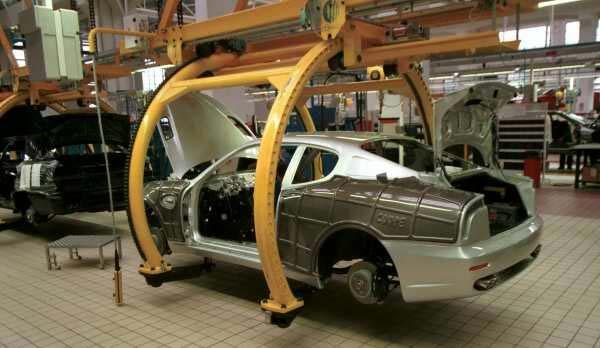
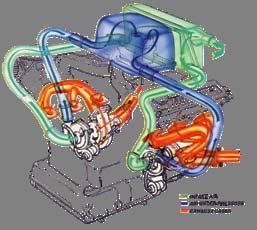
In 1993, Fiat Auto acquiredthe entireshare capital ofMaserati, whichwaslaterput under the full controlofFerrari in Julyof 1997. Work beganon the newMaserati factoryon 1st October, 1997 and the Quattroporte Evoluzione cameout in 1998. That sameyearthe 3200GT coupéwaslaunchedat the Paris Motorshow. Itwasboththe first Maserati ofthe newera and a revival ofa 4-seater GrandTourertraditionthatbeganforty yearsearlierwiththe 3500GT. The 3200GT wasfirst shownto the Australianpublic at the 1999 Melbourne Motorshow. The 3200GT instantlycapturedthe attentionofautomotive aficionadosalloverthe world.
IntroductiontoMaserati
Maseratimilestones:
• The first Maserati, Tipo26, made its debut by winning its class at the Targa Florio of 1926. Alfieri Maseratiwas at the wheel.
• Maseratibreaks the world land speed record in 1929 with the mighty V4.
• Maseratiengine powers the world water speed record in 1931.
• Maseratiintroduces the world’s first hydraulic brake system on the 8CM racing car in 1933.
• The Maseratibreaks the world speed record again in 1934 with the 4CM (1100cc class).
• Maseratifills the complete podium (victory, 2nd and 3rd place) of the famous TargaFlorio road race for four consecutive years: 1937, 1938, 1939 &1940.
• Maseratiwins the Indianapolis 500 miles race for two consecutive years (1939 and 1940) with Wilbur Shaw at the wheel of the 8CTF.
• Maseratiwon the Formula 1 world championship in 1957 with Juan Manuel Fangioat the wheel of the 250F
• The 3500 GTI introduced in 1957 important innovations such as twin-plug ignition system, fuel injection and disc brakes.
• The Quattroporteof 1963 was named the fastest saloon car in the world.
• Maseratiintroduced the world’s first twin-turbo engine on the Biturboin 1981.
• The same Biturbomodel introduced the Torsenlimited slip differential for the first time on a road car.
• During the early 1990’s the MaseratiRacing, and little later also the Ghibliand GhibliCup, were the world’s most powerful 2-litre road cars.
• Maseratistunned the world in 1998 with the gorgeous 3200GT, which introduced the world’s first tail lights using led technology.
• The mighty MC12 has proven to be the world’s most successful GT race car in the 2004-2007 area with several championship titles over these years and two important victories in the Spa 24 hours race (2005 & 2006).










